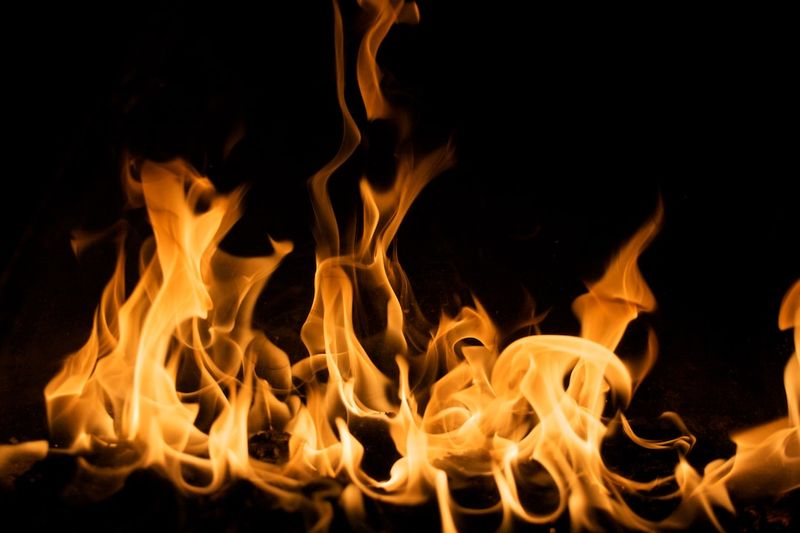The Scorching Heat of Summer: A New Normal in the Face of Climate Change
Introduction
As temperatures continue to rise globally, there is a growing concern about the scorching heat experienced during summers. From unprecedented heatwaves to raging wildfires, the oppressive heat has become a new normal in many parts of the world. This article delves into the causes and consequences of rising temperatures, the role of climate change, and the urgent need for action.
The New Normal: Rising Temperatures and Extreme Weather
Temperature Heat
Across the globe, heatwaves have become more frequent and intense. Record-breaking temperatures are being observed, putting immense pressure on infrastructure, public health, and ecosystems. As humans continue to release greenhouse gases into the atmosphere, trapping heat and causing a rise in average temperatures, the consequences are becoming glaringly apparent.
The Impact of Climate Change
The scorching heatwaves and extreme weather events are not merely random occurrences; they are inextricably linked to climate change. The burning of fossil fuels and deforestation have led to a significant increase in the concentration of greenhouse gases, such as carbon dioxide and methane. These gases act as a blanket around the Earth, preventing the escape of heat and leading to an overall warming of the planet.
Global Warming
Global warming caused by human activities is primarily driven by the burning of fossil fuels for energy production and transportation. This has resulted in an increase in the concentration of carbon dioxide in the atmosphere, amplifying the greenhouse effect. As a consequence, the Earth’s temperature is rising rapidly, leading to dramatic changes in weather patterns and the onset of more extreme and prolonged heatwaves.
The Consequences: Fires, Droughts, and Health Risks
Wildfires and Destruction
The scorching heat contributes to the increased frequency and severity of wildfires. Dry and hot conditions create the perfect environment for fires to spread rapidly, destroying vast areas of forest, threatening wildlife, and posing risks to human settlements. As heatwaves become more prevalent, the wildfire season extends and intensifies, leaving behind a trail of devastation.
Droughts and Water Scarcity
The rising temperatures exacerbate drought conditions, further depleting water resources. Water scarcity becomes a critical concern, affecting agriculture, ecosystems, and communities. Droughts have severe implications for food security, with crop failures and livestock losses leading to economic setbacks and humanitarian crises.
Public Health Implications
Extreme heat poses significant risks to public health. Heat-related illnesses, such as heatstroke and dehydration, become more prevalent during heatwaves. Vulnerable populations, including the elderly, children, and those with chronic illnesses, are particularly at risk. The scorching heat further worsens air quality, aggravating respiratory conditions and increasing the likelihood of cardiovascular problems.
Taking Action: Mitigation and Adaptation
Mitigation
To combat the rising temperatures and mitigate the adverse effects of climate change, urgent action is needed on multiple fronts. Reducing greenhouse gas emissions through transitioning to renewable energy sources, enforcing strict regulations on carbon emissions, and investing in clean technologies are imperative steps. International collaboration and commitments, such as the Paris Agreement, aim to limit global warming and avert catastrophic consequences.
Adaptation
In addition to mitigation efforts, adaptation strategies are crucial to deal with the realities of a changing climate. Developing resilient infrastructure, implementing heat emergency preparedness plans, and incorporating climate considerations into urban planning are key measures. Public awareness campaigns and education on heat safety can also help individuals protect themselves during heatwaves.
Conclusion
The scorching heat of summer is no longer an anomaly but an alarming new normal. The connection between rising temperatures, extreme weather events, and climate change cannot be denied. As we witness the devastating consequences of a warming planet, urgent action and a collective commitment to reducing emissions, adapting to changes, and protecting vulnerable communities are essential. Only through concerted efforts can we hope to address the challenges posed by the relentless and escalating heat. Ignoring the issue will only intensify the suffering and push us closer to irreversible tipping points.

<< photo by Guido Jansen >>
The image is for illustrative purposes only and does not depict the actual situation.
You might want to read !
- How to Beat the Heat and Safeguard Your Summer Road Trip
- “Remembering the Talented Life of Jane Whittenshaw: An Iconic Presence in EastEnders and Call the Midwife”
- Vivek Ramaswamy: A Rising Star Facing GOP Rivals and Their Attacks
- Just Stop Oil: The Battle between Protesters and the Open Market
- Eunice Newton Foote: Exploring the Forgotten Female Pioneer Behind the Google Doodle
- Greta Thunberg: Potential imprisonment for protesting
- Extreme Weather Puts the Brakes on LooseFest: A Missed Opportunity for Musical Acts




